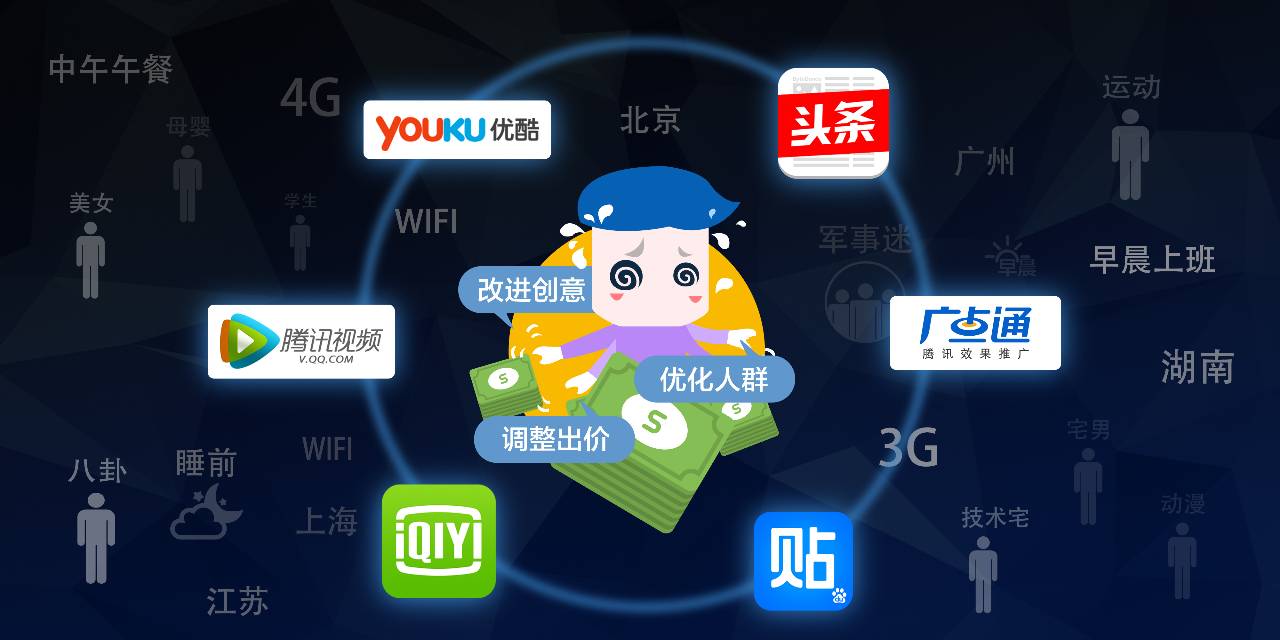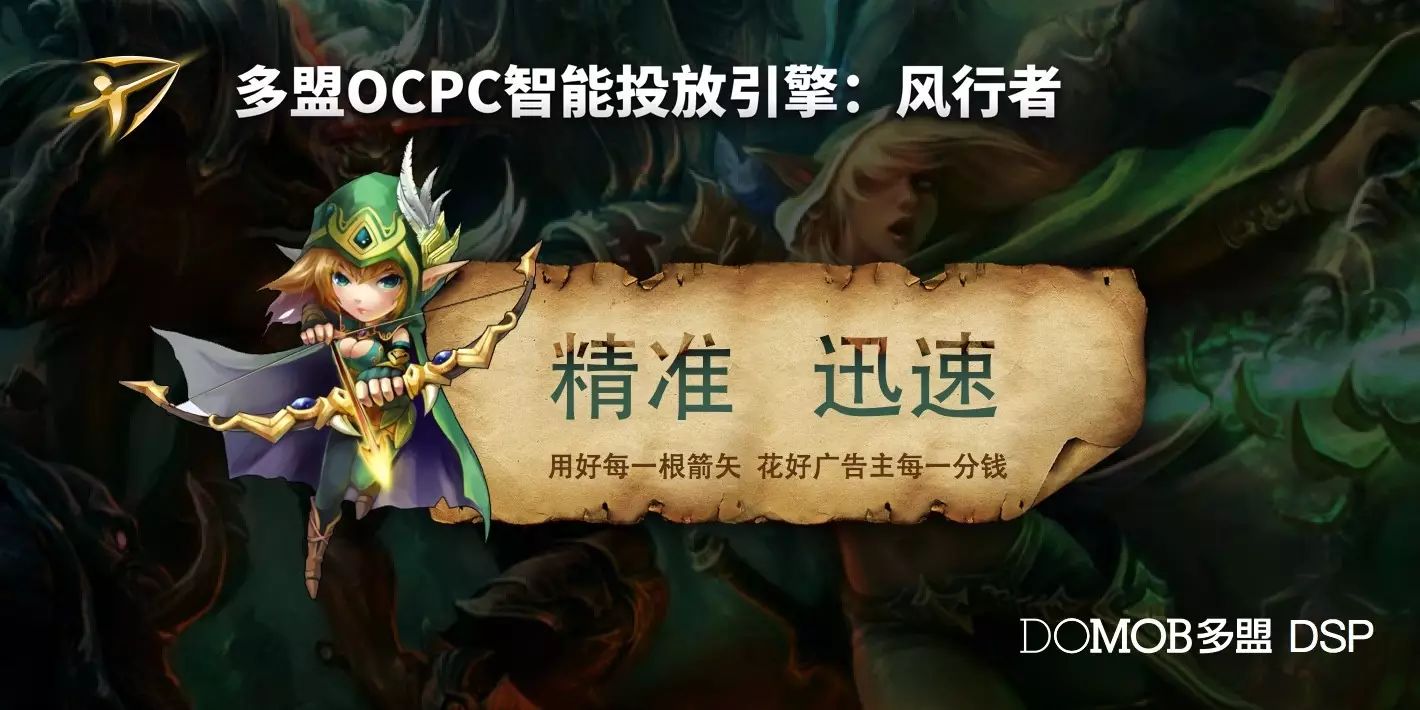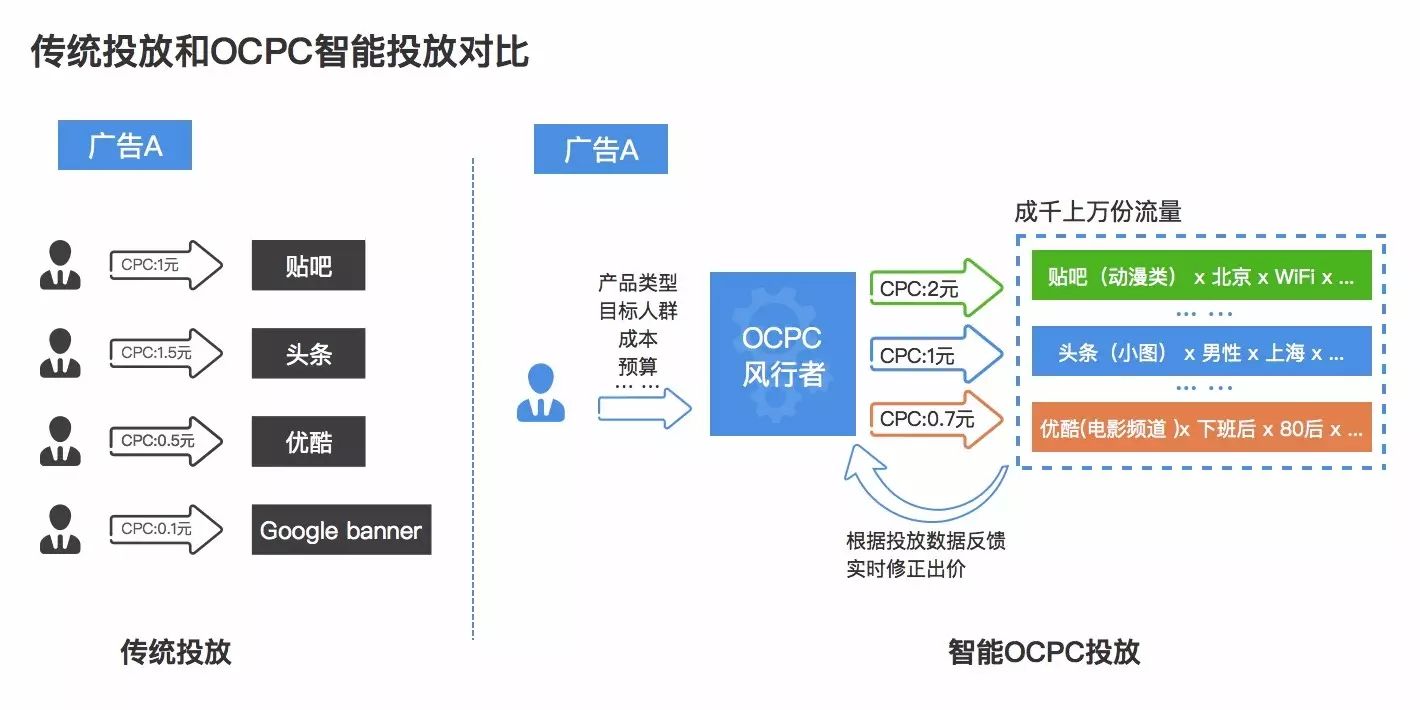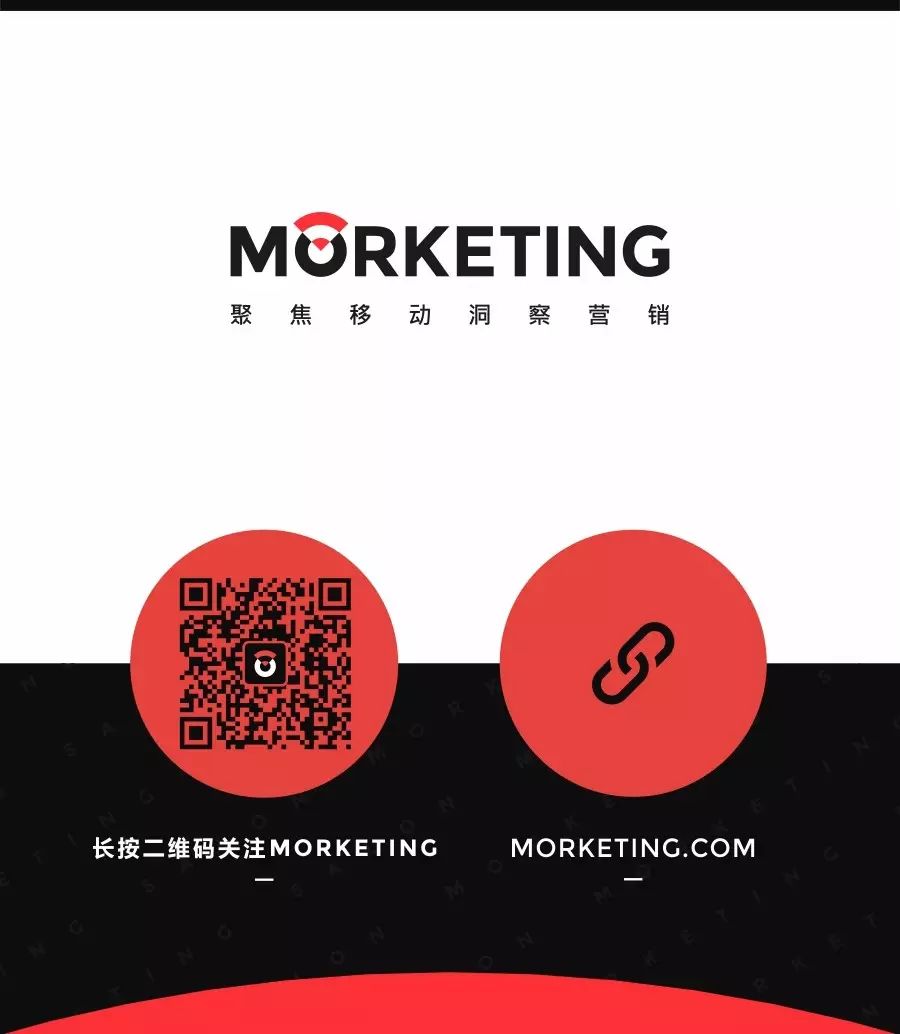 In Q3 2015, the scale of the mobile game market in China reached 14.663 billion RMB, a year-on-year increase of 101.8%. It is expected that the market scale for the entire year of 2015 will exceed 50 billion RMB. Major mobile game manufacturers are eager to capture a larger market share, making user acquisition the core focus, thus igniting the battle for mobile game promotion.
In Q3 2015, the scale of the mobile game market in China reached 14.663 billion RMB, a year-on-year increase of 101.8%. It is expected that the market scale for the entire year of 2015 will exceed 50 billion RMB. Major mobile game manufacturers are eager to capture a larger market share, making user acquisition the core focus, thus igniting the battle for mobile game promotion.
The latest report from eMarketer indicates that in 2016, the budget for display advertising in the United States will surpass that of search advertising for the first time, becoming the most recognized form of advertising among advertisers. This trend is driven by the rise and prosperity of mobile display advertising. For iOS mobile game promotion, display advertising is also extremely important. So, how should display ads be placed? Mobile DSP should be the first choice. However, Adx traffic is not only open but also diverse in form, and how to efficiently place ads has troubled many manufacturers. With four years of experience in iOS mobile game promotion and officially launching mobile DSP services in 2014, Duomeng provides a four-character answer: technology is key.
This special issue, in collaboration with Duomeng, presents a series on “DSP Promotion for iOS Games,” divided into three parts. The first part focuses on how to conduct DSP promotion for iOS games, while the second and third parts analyze practical cases of DSP promotion for games like COK: Clash of Kings and Vainglory.
Why Choose DSP for Mobile Game Promotion

In-app display advertising is the most commonly used form of mobile advertising. iOS is an operating system that heavily relies on the app ecosystem, and mobile traffic is increasingly concentrating on large apps within this ecosystem. High-quality promotion channels include popular apps such as WeChat and QQ Space from Tencent, Baidu’s Tieba, video platforms like Youku and iQIYI, and news apps like Toutiao. Although the traditional model of direct sales has been retained, mainstream mobile media have recently completed the construction of an Ad-exchange (hereafter referred to as ADX) traffic selling system. For the entire mobile traffic market, the volume of ADX traffic is growing geometrically every year, and its quality is improving, making the DSP model for mobile advertising a global trend.
The current promotion environment for iOS games has undergone significant changes compared to the explosive growth era of mobile games. For iOS mobile games, competition is becoming increasingly homogeneous, and users have higher expectations for game quality. Real-time assessment of advertising effectiveness is crucial. The traditional advertising model, which primarily focuses on exposure and clicks, carries relatively high risks. The real-time tracking of advertising effectiveness and dynamic pricing offered by mobile DSPs is increasingly favored by performance-driven game advertisers, as ADX traffic is open and can be accessed through a single DSP platform, where the operational capabilities of the DSP platform and the effectiveness of its advertising engine determine the amount and quality of traffic it can acquire.
DSP Promotion: Bidding is an Art
On mobile DSP platforms, mobile game advertisements primarily follow a real-time bidding (RTB) mechanism. The basic bidding methods are CPM (cost per thousand impressions) and CPC (cost per click), with game app advertising mainly adopting a performance-based CPC pricing model. During placement, advertisers typically define target audiences and traffic based on game characteristics and set a desired cost for acquiring new users. Then, they adjust CPC prices based on segmented audiences and ad formats to obtain suitable volumes, which is the most challenging and uncontrollable aspect, often causing frustration for many mobile game promoters.
Although the rules are simple: the higher the bid, the more display opportunities obtained, but what game advertisers ultimately want is not just exposure, but the conversion of new users that can be generated from that exposure. Different displays will have different values.
The basic factors affecting display value include media, ad format, time, region, device type, and more. Additionally, with the rise of native advertising on mobile platforms, such as the information flow ads on Toutiao, which are closely integrated with content, the intelligent recommendation model means that each person sees vastly different news, leading to varying display values for the same ad.
Furthermore, considering the real-time changes in the competitive environment and the diverse dimensions of ad formats, bids need to be adjusted based on historical experience, and real-time adjustments should be made based on user costs and conversion numbers after placement. The relationship between bidding costs and conversion numbers is not linear; costs may double while conversion numbers remain unchanged. Therefore, the intricate interplay between multi-dimensional bidding combinations, costs, and conversion numbers is undoubtedly an art.
How to Simplify Bidding?

To solve a “difficult problem,” one needs not only the right method but also rich experience. Addressing the challenges of bidding, Duomeng, with four years of experience in iOS game promotion, provides its answer.
Duomeng has invested considerable effort over the years in developing its advertising operation products, intelligent bidding engine, and DMP. In 2014, it successfully launched the OCPC intelligent bidding engine. OCPC stands for intelligent cost-per-click bidding. If a click price is set and advertising begins on a mobile DSP, the results will be disastrous.
The OCPC intelligent bidding engine (Windwalker) on the Duomeng DSP platform has two main features: speed and precision. Based on Duomeng’s DMP, it can quickly identify traffic value and adjust bids in real-time. Compared to manual CPC bidding, where a single ad bid combination is limited to 20, Windwalker (OCPC intelligent bidding engine) categorizes traffic into millions of segments based on 12 main factors affecting traffic value and over 100 auxiliary factors, adjusting bid combinations for each creative, making it thousands of times more refined than traditional CPC bidding while significantly simplifying operations.
Windwalker (OCPC intelligent bidding engine) effectively compensates for the discrepancies in experience and memory biases among advertising personnel by intelligently selecting useful data for the current placement, thereby reducing errors.
In the ever-changing advertising bidding environment, Windwalker (OCPC intelligent bidding engine) employs multiple real-time calculation models to adjust bidding decisions based on current placement data, which is the core of OCPC.

Differentiated Bidding Strategies for Different Promotion Needs
For game advertisers’ daily promotion needs on DSP, they can be roughly divided into two categories, and Windwalker has targeted solutions based on these needs:
The first category is long-term placements with strict cost requirements, which will evaluate adjustments based on subsequent user conversions. Examples include COK: Clash of Kings, COC: Clash of Clans, Shénmó, and Young Three Kingdoms, all of which have been placed by Duomeng for over six months or even a year.
The second category includes newly launched games that seek short-term explosive growth in user numbers, such as Vainglory, Tom and Jerry, White Cat Project, and Emperor, which are all advertisers that distribute over 5000 ads daily in the initial placement.
These two categories of advertisers have significantly different needs, leading to entirely different bidding methods, with strategies in practice having their own merits. As the saying goes: what is learned from paper is always shallow; true understanding comes from practice. In the future, we will conduct in-depth case analyses of two different types of practical cases, further detailing the various benefits that the OCPC intelligent bidding engine (Windwalker) brings to advertisers in placing mobile DSP ads.
The Core of Mobile Game Promotion
From the perspective of mobile game advertisers, regardless of the promotion method used, the core goal is to acquire more users and establish a connection channel between users and products. In other words, performance is key.
The core of mobile game promotion is the enhancement of performance, as the competitive environment is dynamically changing, traffic quality varies, and advertisers’ cost expectations are not fixed. They need to adjust in real-time based on ROI and placement volume, maintaining a dynamic balance between cost and volume. As a DSP service provider, the core is not merely pursuing low costs or higher placement volumes, but maximizing the value of every penny spent while meeting advertisers’ KPIs.
In summary, the relatively flexible floating prices during DSP placements are more conducive to enhancing performance. Additionally, the deeper and clearer the connection between advertisers and the DSP platform regarding subsequent conversions (such as first opens, registrations, retention, payments, etc.), the greater the optimization space for a good DSP, leading to better subsequent conversion results. Moreover, having good tools does not mean that game promotion can be done effortlessly; the operational team’s flexible use of the system is crucial.
